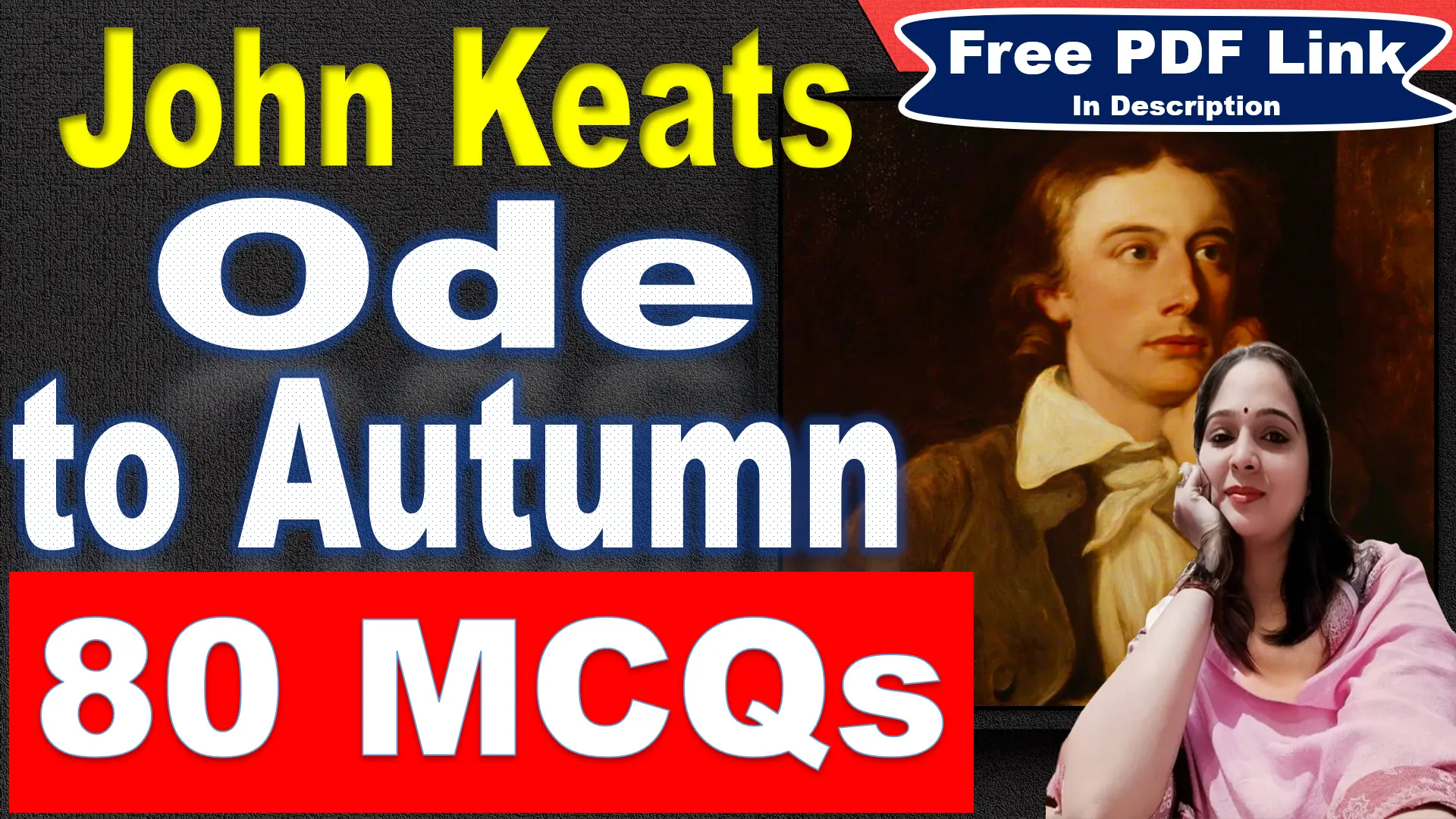Kali The Mother Questions and Answers
Very Short Answer Questions
Who wrote the poem “Kali the Mother”?
Swami Vivekananda wrote the poem.
What is the central theme of the poem?
The theme is the destructive power of Kali and its role in cosmic renewal.
What do the clouds symbolize in the poem?
The clouds symbolize confusion and the overwhelming force of destruction.
What is meant by “the stars are blotted out”?
It signifies darkness and chaos taking over the natural order.
What does the wind represent in the poem?
The wind represents chaos, madness, and uncontrollable destruction.
What do the “million lunatics” in the wind symbolize?
They symbolize wild, untamed destructive forces.
How is the sea described in the poem?
The sea is described as joining the chaos with massive “mountain-waves.”
What does the “pitchy sky” represent?
It represents an ominous, all-encompassing darkness.
What is revealed by the “flash of lurid light”?
A thousand shades of Death are revealed.
What are the shades of Death doing?
They are scattering plagues and sorrows.
What does the phrase “Death is in Thy breath” mean?
It means Kali embodies death and destruction.
How does the speaker view Kali’s destructive power?
The speaker reveres and embraces Kali’s destructive power as necessary.
What does the speaker call Kali repeatedly?
The speaker repeatedly calls for Kali to “Come, Mother, come!”
Who can face Kali, according to the poem?
Only those who dare to love misery and embrace death.
What does “dance in destruction’s dance” symbolize?
It symbolizes accepting the destructive forces of nature and life.
What is Kali equated with in the poem?
Kali is equated with Time, the ultimate destroyer.
What happens with every step of Kali?
Every step of Kali destroys a world forever.
What tone does the speaker use to address Kali?
The speaker uses a tone of reverence and fearlessness.
Why does the speaker embrace destruction?
The speaker believes destruction is necessary for spiritual liberation.
What is the speaker’s final invitation to Kali?
The speaker invites Kali to come to those who can embrace death and destruction.
Short Answer Questions
What is the significance of darkness in the opening lines of the poem?
The darkness in the opening lines symbolizes chaos and destruction, a precursor to the arrival of Kali. The “stars are blotted out” suggests the obliteration of the natural order, while the layering of clouds creates an oppressive atmosphere, reflecting the overwhelming power of Kali as the embodiment of destructive energy.
How does Swami Vivekananda use natural elements to represent Kali’s power?
Vivekananda personifies natural forces like the wind and sea to reflect Kali’s destructive power. The wind roars and uproots trees, while the sea rises with massive “mountain-waves” that threaten the sky. These uncontrollable elements of nature mirror Kali’s wild, chaotic energy, showing that she governs not just human life but the entire cosmos.
What do the “souls of a million lunatics” represent in the poem?
The “souls of a million lunatics” symbolize the untamed, chaotic forces unleashed by Kali’s presence. These souls, recently freed from their “prison-house,” represent madness, confusion, and the uncontrollable nature of destruction. They enhance the sense of disorder and serve as a metaphor for the destructive energy that is part of Kali’s cosmic dance.
What is the significance of the “lurid light” in the poem?
The “lurid light” provides a brief moment of illumination in the midst of chaos, revealing the presence of deathly figures, or shades of Death. These figures spread plagues and sorrows, dancing with joy amidst destruction. The light, though temporary, reveals the full extent of Kali’s power to destroy and the inescapable presence of death in the universe.
How does the speaker view death in the poem?
The speaker views death not as something to fear, but as a natural and integral part of existence. He describes Kali’s breath as filled with death and embraces this reality. The poem suggests that death is not the end but a necessary part of the cosmic cycle, where destruction leads to transformation and renewal.
Why does the speaker repeatedly call for Kali to come?
The speaker repeatedly calls for Kali to come because he accepts and reveres her destructive force as necessary for spiritual liberation. He understands that Kali’s destructive power, though terrifying, is essential for the cosmic cycle of creation and renewal. By inviting Kali, he shows a fearless embrace of death and suffering as transformative forces.
How is Kali compared to time in the poem?
Kali is compared to time as the “All-destroyer,” emphasizing her role as the inevitable force that brings everything to an end. Just as time eventually destroys all things, so too does Kali’s cosmic dance of destruction. This comparison highlights the idea that Kali, like time, is an inescapable part of existence, ensuring the cycle of birth, death, and rebirth continues.
What role does fear play in the poem?
Fear is a central theme in the poem, but the speaker does not view it negatively. Instead, the poem suggests that true spiritual understanding comes from embracing fear, death, and destruction without hesitation. Those who can “hug the form of Death” and love misery are able to face Kali and find liberation through the acceptance of life’s darkest aspects.
How does the poem reflect Swami Vivekananda’s spiritual philosophy?
The poem reflects Vivekananda’s belief in the necessity of embracing both creation and destruction in the spiritual journey. He portrays Kali as a terrifying yet essential force, suggesting that true liberation comes from accepting suffering and death as natural. This aligns with his Vedantic teachings that emphasize the unity of all experiences—both positive and negative—as part of the divine whole.
What is the overall message of “Kali the Mother”?
The overall message of the poem is that destruction and death are not to be feared but embraced as necessary parts of the cosmic cycle. Kali, though terrifying, represents transformation and renewal through her power to destroy. The poem invites the reader to accept life’s challenges, suffering, and death, understanding that these forces ultimately lead to spiritual freedom and cosmic balance.





